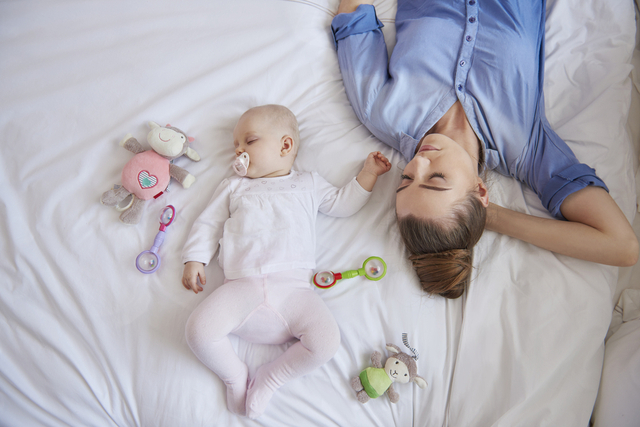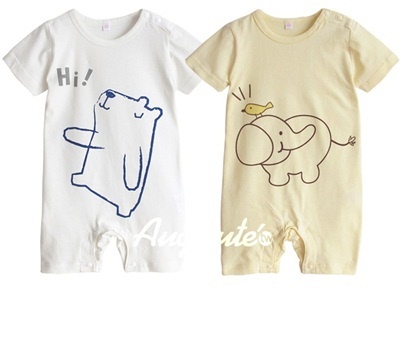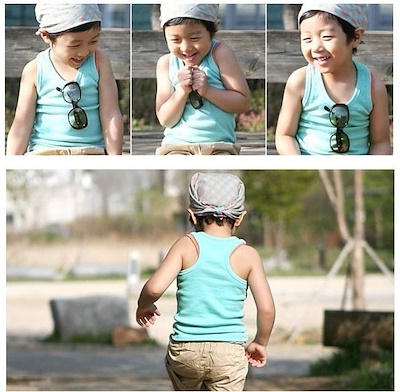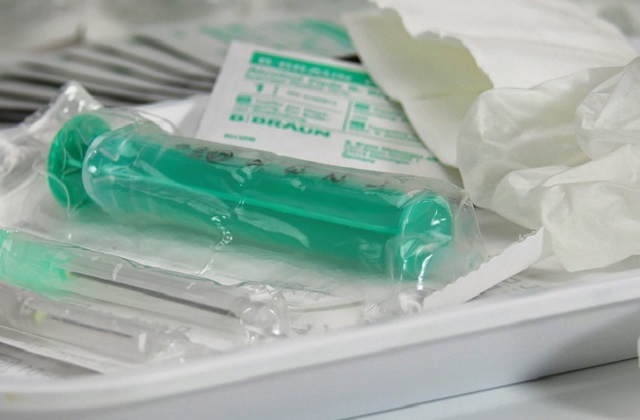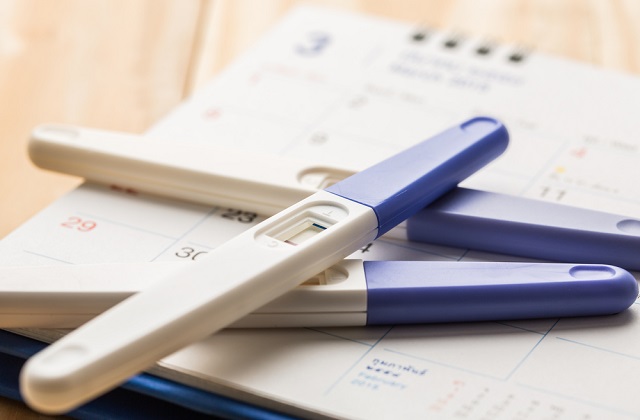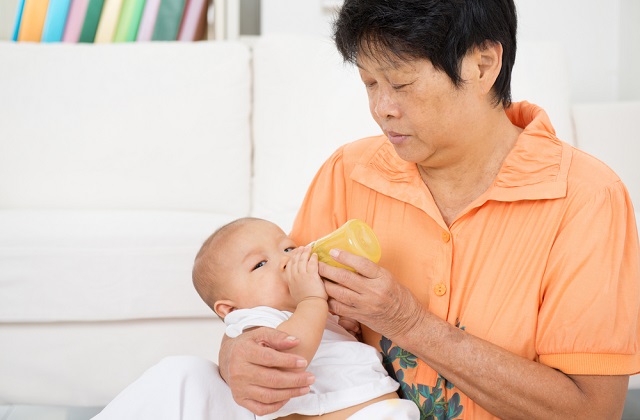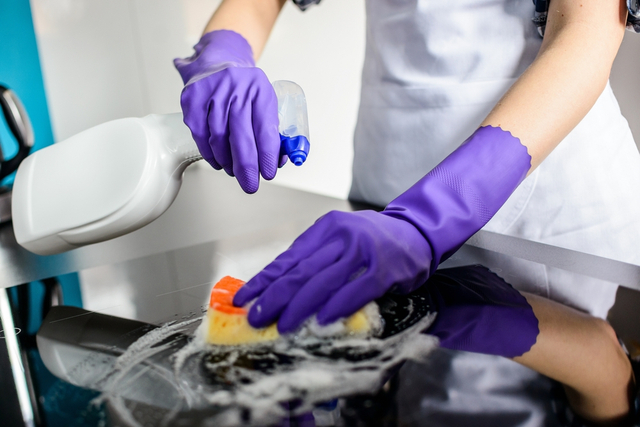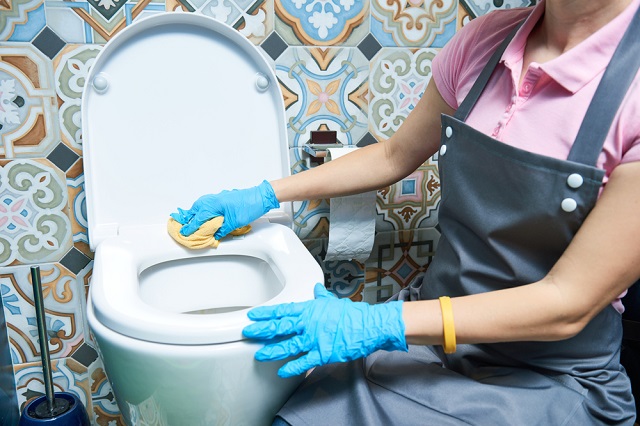Pacifier Use: Benefits, Risks And Recommendations
Almost every parent uses the pacifier for their babies. Experts recommend limiting pacifier time once a child is six months of age and ceasing its use by two years of age to avoid dental problems (. This is because studies have shown that pacifier use is beneficial in the first six months of life but the risks begin to outweigh the benefits around six to 10 months of age and increase after two years of age.
Over the age of 4, children who use pacifiers tend to have more dental problems (malocclusion), infections, otitis media and may have additional problems with speech and language development.
In this article, we listed out the benefits, negative impacts of the pacifier and recommendations on how often to use it and when to stop using it.
Benefits of pacifier use:
1. Satisfy the suck reflex
It is natural for babies to feel the need to suck. Even if they are already full after a feed, the desire to suck is still present. Hence, a pacifier can satisfy this need, just make sure that it does not replace mealtime.
2. Lower the risk of SIDS
The pacifier protects children from the Sudden Infant Death Syndrome (SIDS). Giving it to children can lower their risk of SIDS by more than half.
3. Allow the baby to self-soothe
By giving the pacifier to babies, they can learn how to manage their feelings and relax on their own as it makes them feel secure. Without a fussy and uncomfortable baby, parents would stress less and can focus better on taking care of the baby's other needs.
4. Help the baby to sleep
Sometimes, parents face the difficulty of putting their baby to sleep. Giving them the pacifier makes them feel secure and able to fall asleep more easily.
5. Prevent them from developing the habit of sucking on their fingers instead
Pacifiers are disposable. Hence, when it is time for them to stop using it, you can hide it away and the habit of sucking on things will most likely stop. However, if pacifiers are rarely given since the start, they may suck on their fingers to fulfill their need to suck. This habit of sucking on fingers is much harder to stop when it is time to do so, which may result in prolonged habit past age 4 and dental problems. On the contrary, the pacifier can be permanently gotten rid of when it is time to kick the habit.
6. Ease discomfort during flights
Babies are unable to relieve the ear pain caused by air pressure changes. Unlike adults, they cannot deliberately swallow or yawn to "pop" their ears. Sucking a pacifier can help in that situation.
7. Prevent pain and anxiety
The American Academy of Pediatrics (AAP) lists pacifiers as one of the key methods for pain relief in newborns and infants younger than six months undergoing minor procedures in the emergency department. A recent study in Pediatrics has also confirmed that using the pacifier reduces crying time in infants undergoing venipuncture in the emergency department, especially in those younger than three months.
The pacifier is recommended by the AAP for use with the following procedures: catheterization, circumcision, immunizations, insertion of an intravenous line, screening for retinopathy of prematurity, and venipuncture.
8. Beneficial for preterm infants
A Cochrane review found that nonnutritive sucking is associated with shorter hospital stays, an earlier transition from enteral feeding to bottle feeding and improved bottle feeding. Even though the use of pacifiers are found to have no significant impact on weight gain, energy intake, heart rate, oxygen saturation and intestinal transit time, there are also no studies which have found any harmful effects from the use of a pacifier. Hence, pacifier use can be safe and beneficial for preterm infants.
Negative impacts - Complications of pacifier use:
1. Cause breastfeeding difficulties
The use of the pacifier may cause difficulties in breastfeeding in the immediate postpartum period. One reason may be that the baby is confused between the pacifier and the mother's nipple. This causes him or her to not be able to latch on properly. The AAP recommends postponing pacifier use until breastfeeding habits are well established.
However, studies show that pacifier use is only found to potentially cause breastfeeding difficulties and is not linked to early breast weaning.
2. Dental problems
A recent study by Angle Orthodontist found that malocclusion is caused by pacifier use after two years of age. Malocclusion is a misalignment between the teeth of the two dental arches.
In a similar study, the most significant malocclusions occurred in children who continued sucking habits beyond 48 months, but there were notable changes in children who continued beyond 24 months.
The American Dental Association and the American Academy of Pediatric Dentistry recommend that pacifier use be discouraged after four years of age.
3. Possible infections
Pacifier use may be linked to a higher risk of otitis media (a group of inflammatory diseases of the middle ear), dental infection, and respiratory and gastrointestinal symptoms. Several studies have shown that pacifiers are often occupied with Candida and bacterial organisms (typically nonpathogenic). Latex pacifiers are more significantly colonized with Candida and Staphylococcus than silicone pacifiers.
However, ultimately, the studies are too limited to draw conclusions. While some studies have found an association between pacifier use and the infections, direct association between the microorganisms on the pacifiers and infection has not been proven.
An advice is for parents to not use it on babies past the age of six months and sterilize it regularly and when needed.
4. Otitis media
Otitis media is a group of inflammatory diseases of the middle ear and usually comes with ear pain.
Pacifier use could cause otitis media in these two ways: reflux of nasopharyngeal secretions into the middle ear from sucking, and the dysfunction of the eustachian tube (a tube that links the nasopharynx to the middle ear) because of the altered dental structure.
A meta-analysis, including 22 studies from various countries, showed that pacifier use increased the risk of developing otitis media.
American Academy of Family Physicians (AAFP) and AAP joint guidelines on otitis media, which are based on evidence from studies, recommend little to no use of pacifiers in the second six months of life to prevent otitis media. The Institute for Clinical Systems Improvement makes a similar recommendation but suggests avoiding use by 10 months of age.
Recommendations:
Wean Off Your Child Off The Pacifier After Six Months Of Age
Pacifier use is beneficial in the first six months of life. However, the risks begin to outweigh the benefits around six to 10 months of age and increases after two years of age.
Hence, it is ideal to stop pacifier use after 6 months of age. Parents should try other soothing alternatives and methods of pacifier weaning. Prevent your child from becoming too attached to the pacifier beyond 6 months of age because beyond, the pacifier transforms to be a mere object of affection that provides your child with a sense of security.
Opt For Other Alternatives
Key alternatives to pacifier use in younger infants include swaddling, rocking, soft music, singing, and infant massage. For older infants and toddlers other activities, toys, or other objects of affection can distract them from needing the pacifier.
It takes a village to raise a child !
Join our WhatsApp Groups or Facebook Group to interact with parents about infant care/child care in Singapore..

